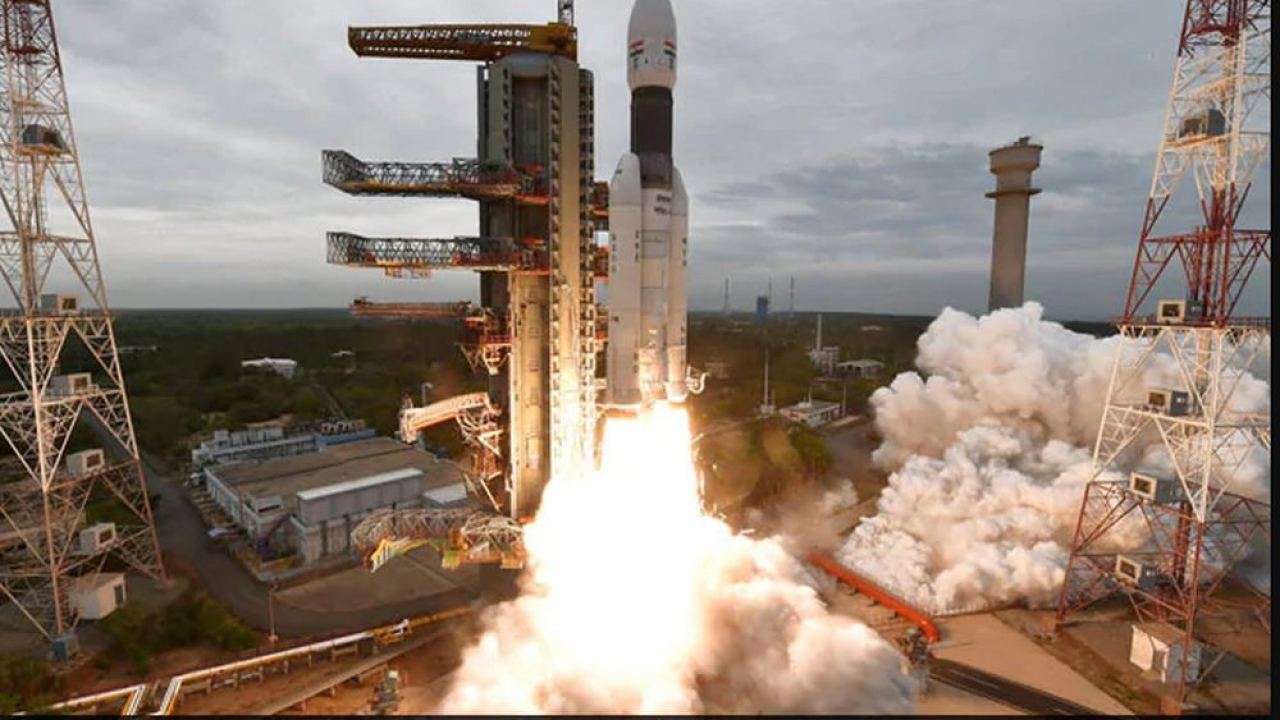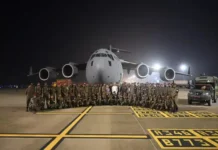BENGALURU: Tuesday’s lunar orbit insertion (LOI) of Chandrayaan-2 spacecraft was a big test for India’s moon mission for sure — but not the biggest. The most challenging part of the ambitious venture would come on September 7 when the Indian Space Research Organisation (ISRO) will try something it has not done before. It’s when Chandrayaan-2 will attempt to soft-land its Vikram module on the lunar surface and deploy six-wheeled rover ‘Pragyan’ on the Moon to carry out several scientific experiments.
If successful, the mission will make India only the fourth country after Russia, the US and China to pull off a soft landing on the moon. It’s going to be a “terrifying” moment as it’s the first time that India is attempting such a feat, said ISRO Chairman K Sivan after the space agency successfully injected Chandrayaan-2 into the lunar orbit on Tuesday.
“Whatever humanly possible, we did”, he added on the preparations for the soft-landing. ISRO had in 2008 successfully carried out LOI of Chandrayaan-1 spacecraft, India’s first moon mission.
Chandrayaan-2, a follow-on mission to the Chandrayaan-1, comprises an orbiter, lander (Vikram) and rover (Pragyaan). Launched on July 22 by GSLV MkIII-M1 vehicle, it had entered the Lunar Transfer Trajectory on August 14. The mission aims to widen the scientific objectives of Chandrayaan-1 by way of soft landing on the Moon and deploying a rover to study the lunar surface.
The orbiter carries eight scientific payloads for mapping the lunar surface and study the exosphere (outer atmosphere) of the Moon. The Lander carries three scientific payloads to conduct surface and subsurface science experiments while the rover two payloads to enhance our understanding of the lunar surface.
On the day of landing, Vikram carrying the rover will separate from the Orbiter and then perform a series of complex manoeuvres comprising rough braking and fine braking, according to the ISRO. Imaging of the landing site region prior to landing will be done for finding safe and hazard-free zones. The lander-Vikram will finally land near the South Pole of the moon on September 7.
Subsequently, the rover will roll out and carry out experiments on Lunar surface for a period of one Lunar day which is equal to 14 Earth days. The orbiter will continue its mission for a duration of one year. PTI







